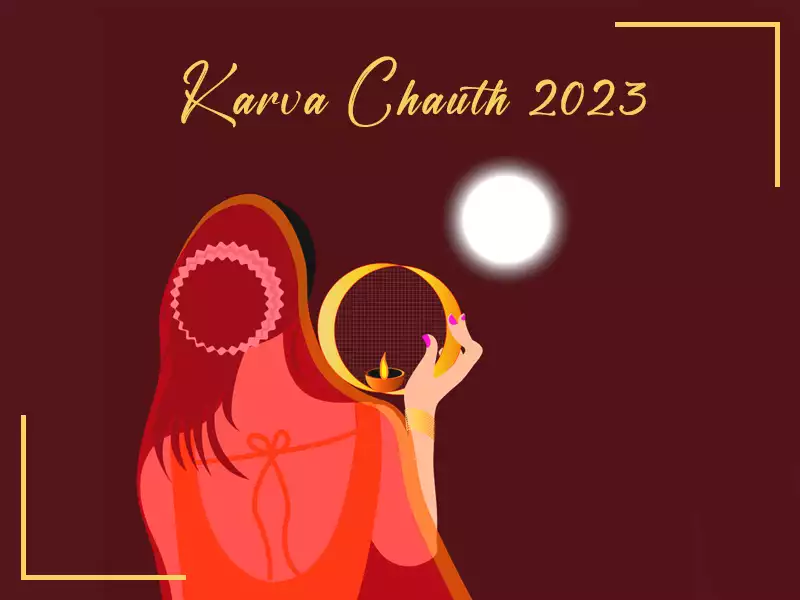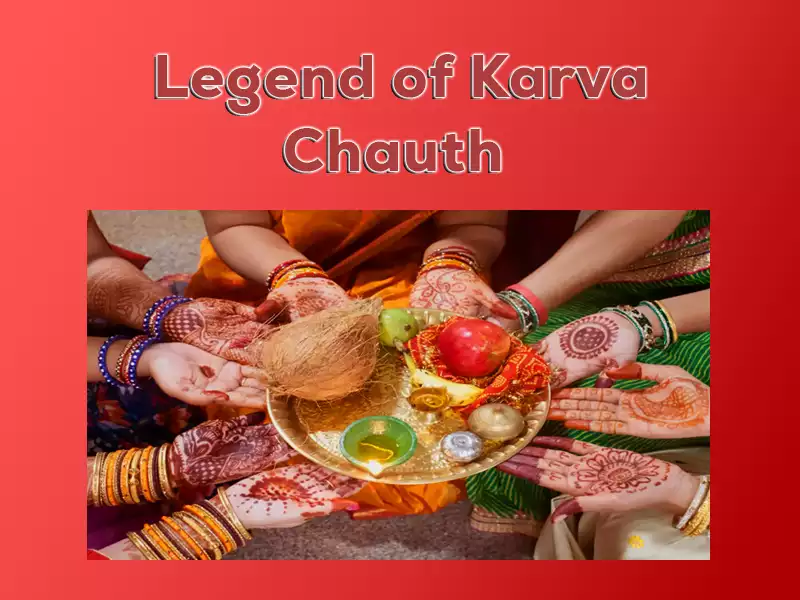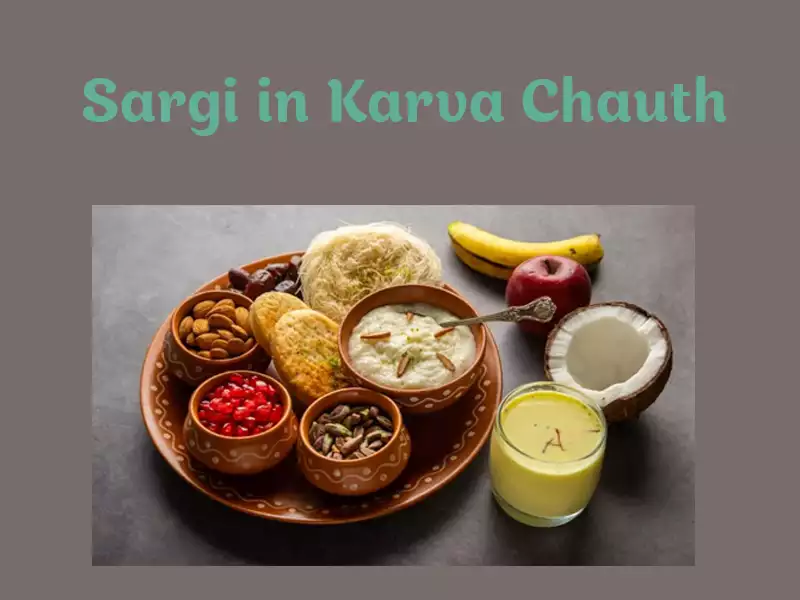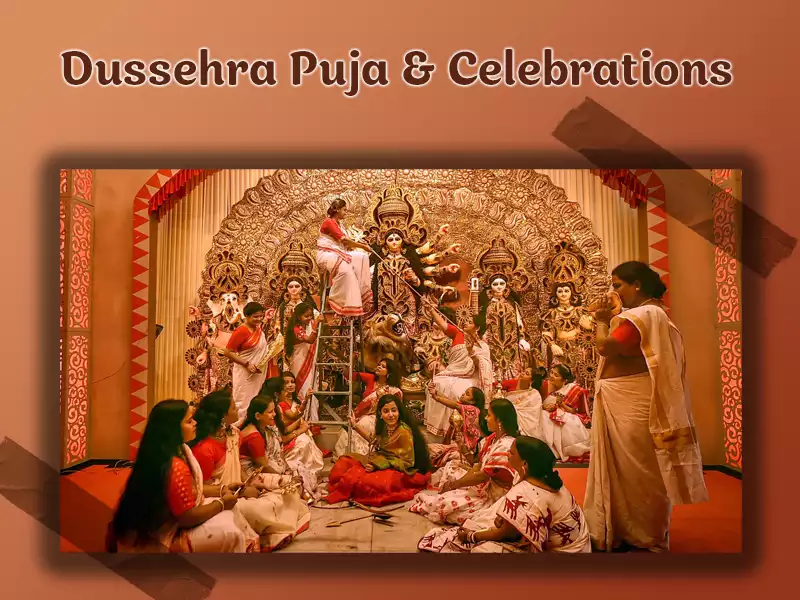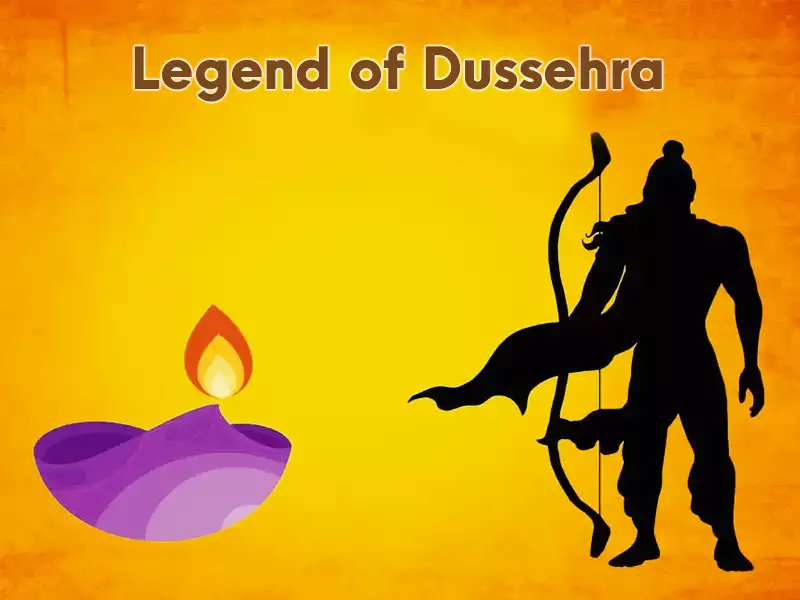Narak Chaturdashi 2023
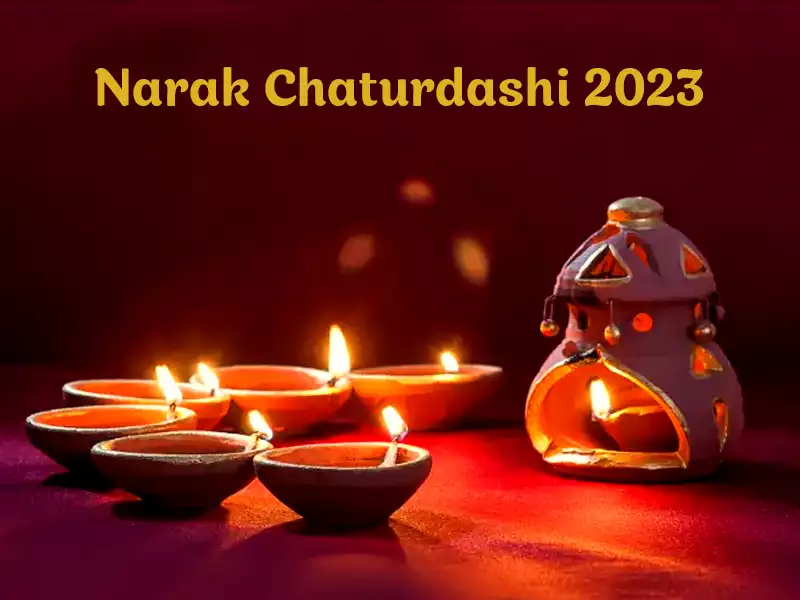
Narak Chaturdashi 2023
Narak Chaturdashi is a festival observed during the Kartik month, specifically on the 14th day of the waning moon. This day is also referred to as Narak Chaudas, Roop Chaudas, or Kali Chaudas. According to ancient Indian mythology, it is a time when people show reverence and devotion to the deity of death, Lord Yamraj.
Being celebrated on the day prior to Diwali, it is commonly known as Choti Diwali. During Narak Chaturdashi, individuals light diyas in their homes after sunset. This practice is aimed at venerating the god of death and seeking protection from untimely demise while also praying for good health.
Additionally, there’s a significant custom associated with this day: applying sesame oil on the body before dawn and bathing with water infused with Apamarga leaves. This ritual is believed to foster fearlessness and aid one’s journey toward heaven.
Narak Chaturdashi's Observance According to the Scriptures
As per tradition, Narak Chaturdashi falls on the 14th day of the waning moon in the Kartik month’s Krishna paksha.
1. Narak Chaturdashi is commemorated just before the moonrise or dawn (lasting for 1 hour and 36 minutes) on the 14th day of the waning moon in Kartik Krishna paksha. Generally, the period before dawn holds greater significance.
2. If Narak Chaturdashi coincides with either the Moon’s rise or dawn, it’s observed on the first day itself. Otherwise, it’s observed on the first day, even if these times don’t coincide.
3. An age-old tradition on Narak Chaturdashi is to apply oil to the body before the Moon rises or dawn and worship Lord Yamraj, the god of death.
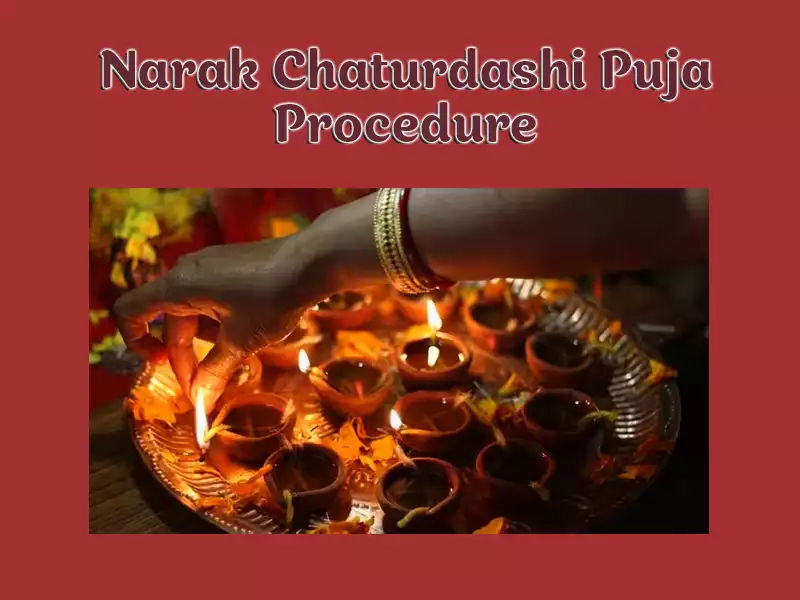
Narak Chaturdashi Puja Procedure
1. Taking a pre-sunrise bath is considered auspicious. During the bath, sesame oil is applied to the body, and Apamarga leaves are circled thrice over the head.
2. On ahoi ashtami in Kartik, during the dark lunar fortnight, fill a vessel to the brim. On Narak Chaturdashi, mix this water with your bathing water. This is believed to dispel fear.
3. After bathing, pray to Yamraj by joining your hands and facing south. This absolves past sins.
4. Light an oiled diya outside the main door in honor of Lord Yamraj.
5. In the evening, worship deities before lighting oiled diyas placed on both sides of your entrance. This invites Goddess Lakshmi, symbolizing prosperity.
6. Narak Chaturdashi is known as Roop Chaturdashi or Roop Chaudas, signifying the enhancement of one’s appearance.
7. The tradition of removing useless items from the house during Nisheeth kaal signifies the removal of poverty. This paves the way for Lakshmi’s arrival on Diwali.
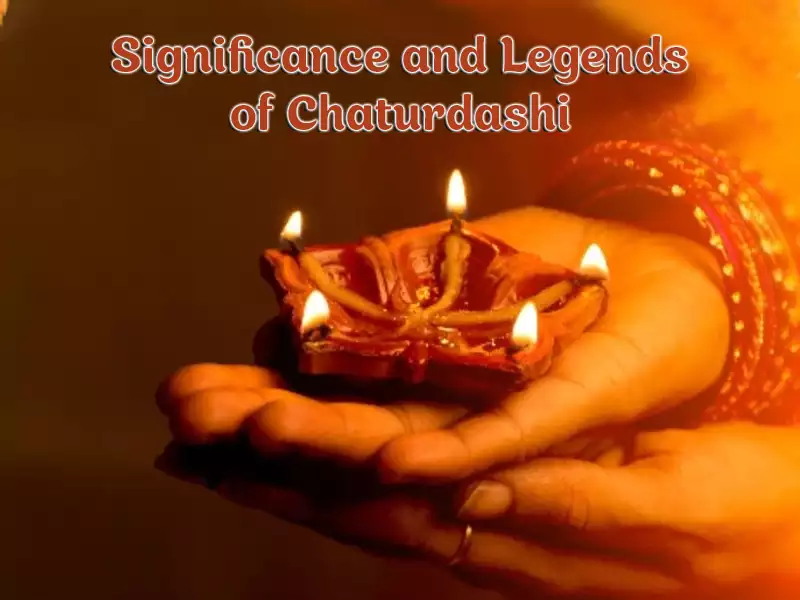
Significance and Legends of Chaturdashi
- Lighting diyas on Narak Chaturdashi signifies dispelling darkness from life, earning it the name Choti Diwali.
- The tale of Narkasura’s defeat by Lord Krishna and Satyabhama highlights the victory of good over evil. The demon’s death led to the release of 16,000 hostages.
- Another story revolves around King Bali, who granted a boon to Lord Krishna. This tale emphasizes the importance of lighting diyas and performing puja on this day.
Frequently Asked Questions
1. Why is Naraka Chaturdashi celebrated?
People celebrate it to overcome negativity and honor Yamraj, the God of Death.
2. Is Naraka Chaturdashi auspicious?
Yes, it’s significant, ranking after Laxmi Puja in the Diwali celebration.
3. What’s Naraka Chaturdashi’s story?
Legends narrate the slaying of the demon Narkasura by divine entities such as Krishna and Kali.
4. Who killed Narakasura, Kali, or Krishna?
Krishna and Satyabhama, an avatar of Narakasura’s mother, defeated him.
5. What’s Chaturdashi in astrology?
Chaturdashi is the 14th day of the waning moon phase.
6. What comes after Chaturdashi?
Diwali or Laxmi Puja follows Naraka Chaturdashi.
7. Why is Chaturdashi important?
Yamraj is revered, and lighting a lamp in front of him symbolizes freedom from fear of Hell.
8. Which day is Chaturdashi?
This year, Naraka Chaturdashi falls on Thursday, November 4.
Narak Chaturdashi 2023 Read More »















